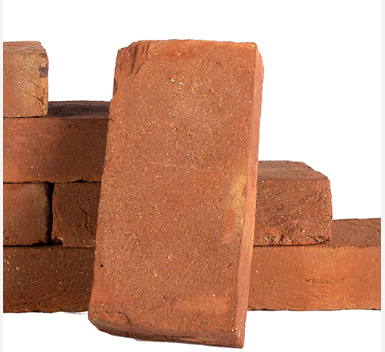Bricks are a fundamental building material, and understanding the factors that impact their pricing is essential for construction projects. This article explores the various elements that influence bricks price, providing valuable insights for builders, contractors, and DIY enthusiasts.
Supply and Demand Dynamics
The availability of bricks and the level of demand play a crucial role in determining their price. Factors such as population growth, urbanization, and construction activity directly impact the demand for bricks, while the availability of raw materials and production capacity influence the supply side. Understanding these dynamics helps predict and analyze price fluctuations.
Raw Material Costs
Bricks are typically made from clay, shale, or concrete. Variations in the cost of these raw materials significantly impact brick prices. Fluctuations in energy prices, transportation costs, and environmental regulations can also affect the overall cost of raw materials, indirectly influencing brick pricing.
Manufacturing Processes and Technology
The manufacturing process employed by brick producers affects their costs. Traditional brick-making methods may involve manual labor, which can result in higher production costs. However, the adoption of advanced technologies, such as automated brick-making machines, can streamline production and potentially lower prices.
Quality and Specifications
The quality and specifications of bricks greatly impact their price. Bricks with superior strength, durability, and aesthetic appeal tend to command higher prices. Specialized bricks designed for specific purposes, such as fire-resistant or soundproof bricks, may also come at a premium. Builders and contractors need to balance quality requirements with budget considerations.
Regional Factors
Brick prices can vary significantly across regions due to variations in manufacturing costs, transportation expenses, and market conditions. Factors that affect the red brick price in Pakistan like local taxes, labor costs, and proximity to raw material sources can influence regional price disparities. Builders should consider these regional factors when estimating brick costs for construction projects.
Economic Factors
Overall economic conditions, such as inflation rates, currency fluctuations, and market stability, can impact the price of bricks. During periods of economic growth and increased construction activity, demand for bricks rises, potentially leading to higher prices. Conversely, during economic downturns, reduced demand may result in lower prices.
Environmental Regulations
Environmental regulations and sustainability initiatives can also influence brick prices. Compliance with stricter environmental standards, such as reducing carbon emissions or utilizing recycled materials, can increase production costs and subsequently impact the price of environmentally friendly bricks.
Competition and Market Structure
The level of competition within the brick industry and the market structure can affect pricing. A highly competitive market may lead to price wars and lower prices, while a monopolistic market can result in higher prices due to limited options for consumers. Understanding the competitive landscape is vital for evaluating brick prices.
Transportation and Logistics
The cost of transporting bricks from the manufacturing site to the construction location can impact their price. Factors such as distance, fuel costs, and transportation infrastructure play a significant role in transportation expenses. Remote or inaccessible areas may experience higher transportation costs, leading to higher brick prices.
Market Competition and Pricing Strategies
Market competition among brick manufacturers can influence pricing strategies. When multiple manufacturers operate in a region, they may employ different pricing tactics to attract customers. This could include offering discounts, bulk purchase incentives, or promotional deals. Builders and buyers should stay informed about competitive pricing to make cost-effective choices.
In conclusion, the price of bricks is influenced by a multitude of factors, including supply and demand dynamics, raw material costs, manufacturing processes, quality and specifications, regional factors, economic conditions, environmental regulations, and market structure. By comprehending these factors, builders, and contractors can make informed decisions and effectively manage brick-related expenses in construction projects.





Comments